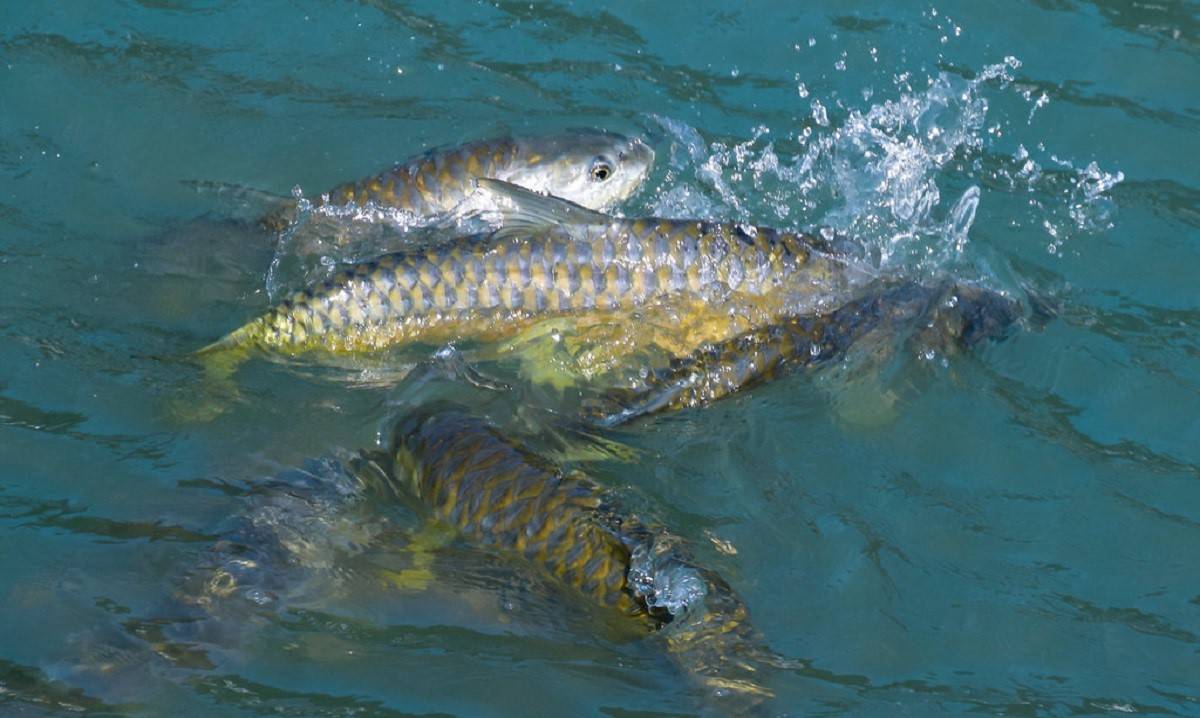
Ranching of the fertilized eggs and spawns is done to ensure better larval survival and growth rates in the natural ecosystem. Studies have shown that the larva has difficulty developing in controlled conditions.
Therefore, artificial fertilization needs to be followed by the ranching of fertilized eggs and spawn into a protected site in the river. This strategy is much more effective in the conservation of species in the Ganga and other rivers. This novel approach might also be used in India's other significant river systems, such as the Mahanadi, Godavari, and Cauvery.
The Hilsa ranching station has been created at Farakka as part of the National Mission for Clean Ganga by ICAR-CIFRI. Male and female wild brood fish were taken from the Ganga at Farakka for the programme. At the ICAR-CIFRI Hilsa ranching station in Farakka, artificial fertilisation was practised.
Incubation at 26.1°C was done with controlled conditions. The hatchlings which had absorbed the yolk sac were fed natural plankton and artificially grown chlorella. Then, the healthy spawns which demonstrated active spawn behaviour were packed in an oxygen container and then shifted to Rajmahal, Jharkhand.
Oxygen-carrying packets were used to store and transport the fertilized eggs to the ranching sites in the early hours of the morning. The spawn and eggs were then ranched at suitable protected sites in the Ganga at Rajmahal.
The Jharkhand Eastern Gangetic Fisherman Cooperative Society Limited and the Jharkhand Department of Fisheries collaborated on the program's execution. More than 60 fishermen as well as representatives from ICAR-CIFRI, JEGFCSL, and DoF, Jharkhand took part in this event. Following the visualization of the hilsa spawn and ranching program, all participants acknowledged their delight.
The goal of the ranching initiative was not simply to increase the native germplasm but also to re-establish the Hilsa fisheries in its’ native habitat which happens to be the middle stretch of the river Ganga.
Hilsa, following the construction of the Farakka barrage in the Ganga, has become a lost species. The program was carried out under the overall supervision of Dr. B.K.Das, Director & PI, and coordinated by the NMCG project scientists and research staff.
















